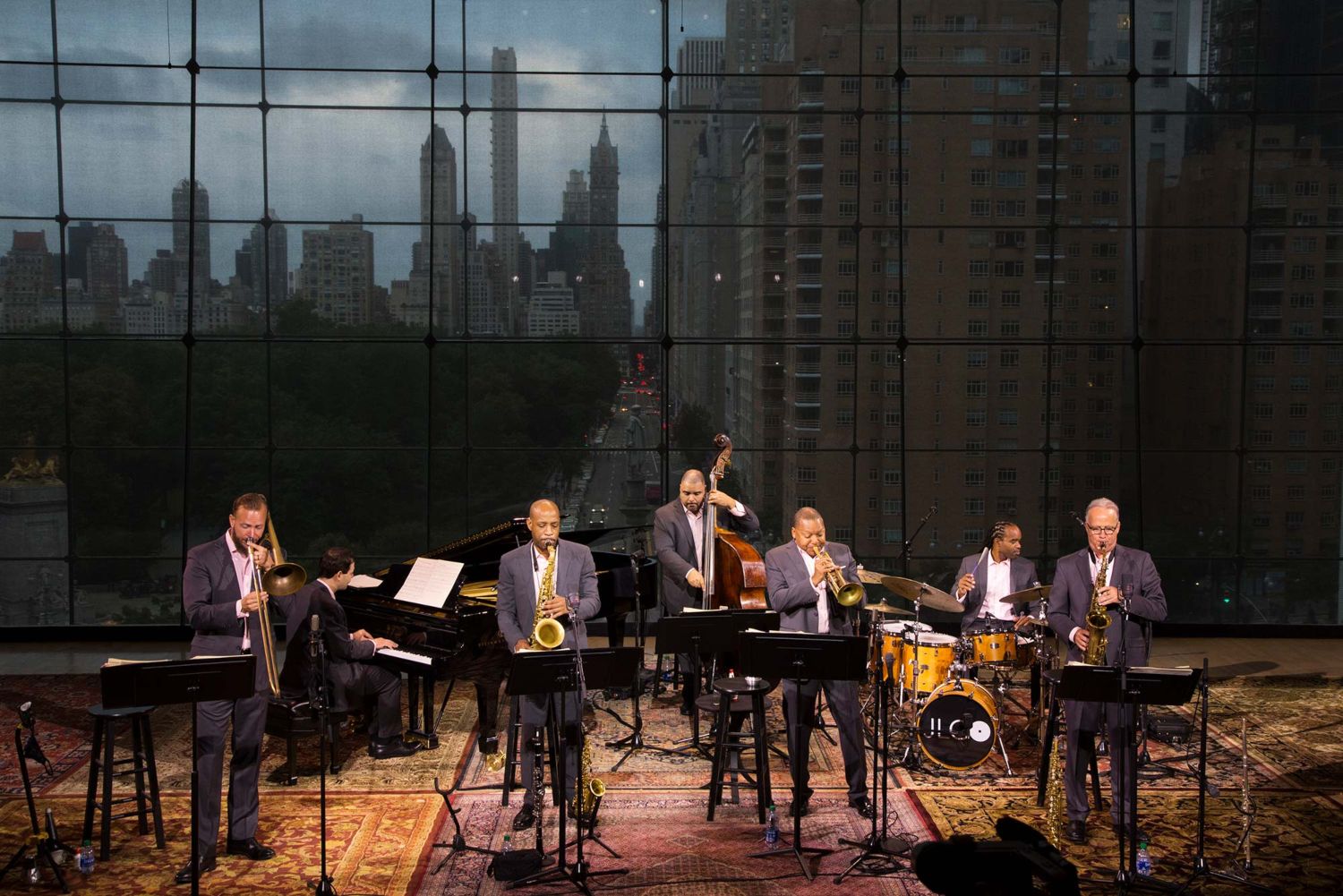CFA Alums in the Arts Reflect on How the Pandemic Affected Their Work

This article was first published in BU Today/Bostonia on July 28, 2021. By Joel Brown.
EXCERPT
Like the rest of society, the art world was thrown into chaos by the COVID-19 pandemic, as theaters and concert halls and galleries closed to the public.
“The coronavirus continues to have a devastating impact on America’s arts sector,” said a May 2021 study from the group Americans for the Arts, which posited $16.8 billion in losses for nonprofit arts and culture organizations. “Artists/creatives remain among the most severely affected segment of the nation’s workforce, having lost an average of $34,000 each in creativity-based income since the pandemic’s onset. At the height of the pandemic in 2020, 63 percent experienced unemployment.”
But artists gotta art. They became experts in Zoom, tried new materials and new ways of performing, sometimes finding paths that they’ll remain on after the pandemic.
Recently, we talked to a handful of alumni—arts administrators and artists—who described how they coped for the last year and a half, and what they’re expecting as reopening proceeds.
Kamal Ahmad (CFA’16), a painter and sculptor, left his native Kurdistan to come to BU in 2013. Ahmad, also curator of Piano Craft Gallery in Boston, was between studio spaces when the pandemic hit.
One of the things that shocked me how [the pandemic] affected me is the space: from a huge, open public space, where people can come and see the show—to go back to a small, private space, your personal room, in a short time. I used to have a studio, making my own art, and people were visiting me, and now I was in my living room. It was really, really hard to deal with. I used to make big paintings, big sculptures, that is what I do. But I had to move down to a smaller size and, as much as I can, just keep creating.

It also affects the materials. I use oil paint, mixed media—whatever—in my studio. I make a mess. And all of a sudden you are in a room. I have a roommate, I have a limit in [the] smaller space. My material changed; all of a sudden everything was screens. You had to use digital material, use your iPad. It’s not physical, you can’t really feel the material. You used to think three-dimensionally, and now everything, even sculpture, became 2D.
I do see a good side of it. People became more visual. Before the pandemic, we used to talk a lot. When the gallery had a reception—food, drinks—people come, they have something to eat, sometimes they don’t pay attention to the art, they talk, talk, talk. But when we have a mask, we use our mouths less and use our eyes more.
Artists just keep working; you have to deal with it. But as artists, we need time to process what happened, before it comes out as art. I haven’t seen a lot of artwork about what happened, about COVID, while we are living inside the situation. We have to process what happened to us as humans, as artists. Right now the content is inside us. And in the future I think there is going to be a lot of beautiful, amazing artwork coming out.
Mark Holloway (CFA’02) is a violist with the Pacifica Quartet, which won a Grammy for Best Chamber Music Performance for the album Contemporary Voices.
The quartet is in residence at the Jacobs School of Music at Indiana University Bloomington, where I’m a professor of viola and chamber music. When our concerts suddenly disappeared, in short order we learned about high-quality microphones, lighting, livestreaming, rehearsing outdoors. At our first rehearsal a month later, it was startling to not be able to see my colleagues’ faces, on account of the masks. Reading subtle facial cues while playing together is crucial for a chamber musician, so we had to learn to read and hear each other in new ways, sitting much farther apart than usual.
Soon we were webcasting from an isolated recording studio, playing concerts that were broadcast live, but also with a distanced audience present, performing outdoors under a pavilion, and giving online master classes to far-flung corners of the world.
I’m optimistic that as concerts and festivals restart and audiences return, people will flock to hear live music, for which we’ve all been longing, and the tap of creative energies will begin to flow again, with new inspiration to communicate and connect.
Joyce Kim Lee (CFA’93) is an Emmy-winning costume designer.
I was designing Disney Channel’s Just Roll With It when COVID shut the film/TV industry down. We had just finished shooting an episode in front of a live audience when they announced we were stopping due to the COVID numbers. I packed up my basics and didn’t return to finish the season until mid-September.
I had been prepping the next episode that included building costumes for Dutch cloggers, so it was strange to return to our offices and find everything as we had left it, mid-process.
Fortunately, though, I was able to work last summer, designing two specials for Disney Channel. Nothing in Hollywood was open yet, and we could no longer rely on expedited shipping since everyone was at home ordering online. We had to do everything remotely. Measurements, fittings, last looks. All the actors shot their scenes alone at home and the magic of green screen and postproduction made it seem that they were in the same set. The COVID rules were super strict. If they were local, we had to pack everything in a container and leave it untouched for 24 to 48 hours before they could open it to try things on and vice versa.
I am fully vaccinated now and I feel like I have a superpower. I’m excited and encouraged that most of the people I’m working with now have also received their vaccine.